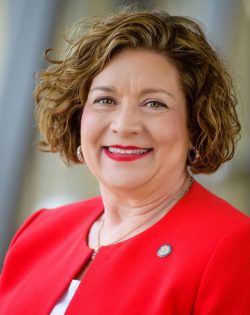
Invest in Education
Here’s a column I wrote in the Post Bulletin on July 17, 2019.
https://www.postbulletin.com/opinion/nelson-investment-in-education-is-an-investment-in-our-future
Pop quiz: What is the largest funding category in our state?
If you guessed education, you get an A+.
Education is the largest budget responsibility in our state. More than 41 percent of state funding is for E-12 education. And rightfully so, for vibrant communities and bright futures require excellent schools. These are top priorities for Minnesotans.
I have served as chair of the Senate E-12 Education Committee since 2017. As a wife, mom, former teacher, small-business owner and now a grandmother, I know this is a huge honor and hefty responsibility. The decisions we make impact close to 1 million Minnesota school students today, prepare our workforce for tomorrow, and prepare our future citizenry.
In my first year as education chair, I authored the bipartisan education budget bill that spent $18.7 billion to fund our students’ education. This was an increase of $1.3 billion from the previous budget cycle. We funded school enrollment growth, preschool, teachers of color initiatives, special education, and long-term facilities maintenance aid for facility improvements without new property taxes. Importantly, we included the top priority of teachers and schools, an annual 2 percent increase to the per-student funding formula — the best way to deliver funding and flexibility to our local schools and classrooms.
I am proud that we built upon these bedrock principles once again this year and put Minnesota students first by providing opportunities for every student to succeed. The $20.1 billion investment in our future adds another annual 2 percent increase to the per-student funding formula in 2020 and in 2021. Additionally, $90 million of new money is on its way to our schools to help cover the rising costs of special education, rather than putting it on your property taxes.
Further, we prioritized our youngest learners by securing funding for continued preschool seats.
Safe and secure schools were also a priority of the Minnesota Senate. We sent a $30 million boost on top of current safe schools funding to our schools for security upgrades to buildings and for professionals that can help keep our students safe — like school counselors, psychologists and school resource officers. We also funded school-based mental health services with a $10 million investment in our students’ well-being. This builds on the $25 million for school safety appropriated in 2018.
Every school district in our state will receive more funding. Here are the first-year increases for the school districts I represent:
• Byron: $154 per student increase, $339,262 total new funding increase.
• Chatfield: $161 per student increase, $145,705 total new funding increase.
• Dover-Eyota: $151 per student increase, $169,120 total new funding increase.
• Hayfield: $180 per student increase, $120,960 total new funding increase.
• Kasson-Mantorville: $161 per student increase, $355,005 total new funding increase.
• Plainview-Elgin-Millville: $163 per student increase, $235,698 total new funding increase.
• Rochester: $238 per student increase, $4,234,020 total new funding increase.
• Stewartville: $160 per student increase, $334,720 total new funding increase.
• St. Charles: $170 per student increase, $159,800 total new funding increase.
Adequate funding is necessary, but it must be paired with innovations to yield better results. That is why we also funded new education collaborative programs to better prepare our students for the jobs of tomorrow. Here are a few that you will see in our area:
• Cradle 2 Career is an innovative model with proven results in preparing students to be kindergarten ready through locally controlled, community-centered involvement of families, teachers, businesses, civic organizations, and nonprofits.
• P-TECH (Pathways in Technology Early College High School) is a public-private partnership with a high school, higher education and industry partners for a seamless pathway from high school, through college, to future careers in high-demand science and technology sectors.
• Bridges to Healthcare has been recognized by Harvard Business Review as one of the best workforce development programs in the country. It is a collaboration with the Hawthorne Education Center/Rochester Public Schools, Rochester Community and Technical College, Mayo Clinic and Workforce Development Inc., providing low-income residents with a pathway to in-demand careers through education and training.
By providing opportunities for Minnesota students to receive an education that prepares them for the jobs of tomorrow, our children have brighter futures and our employers can better meet hiring needs. Put another way, Minnesota succeeds when our students succeed. And thanks to another bipartisan investment in education, Minnesota will prosper now and in generations to come.
